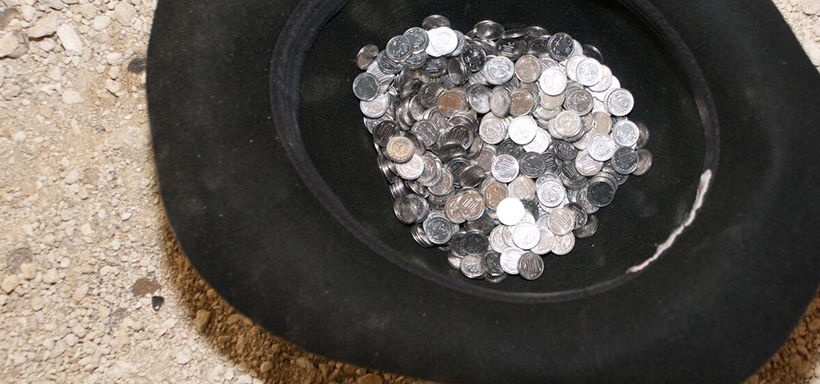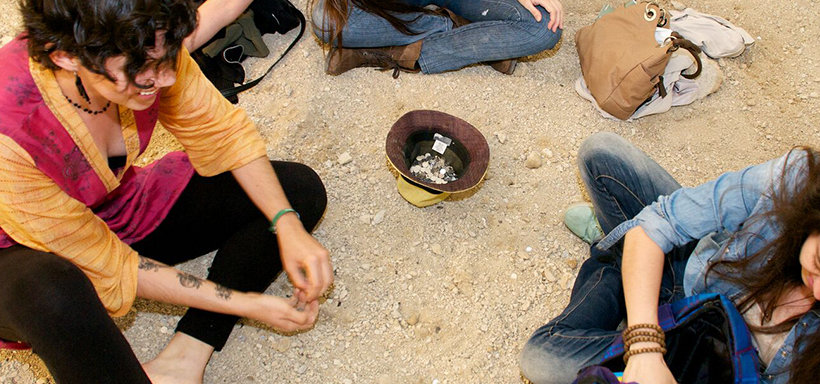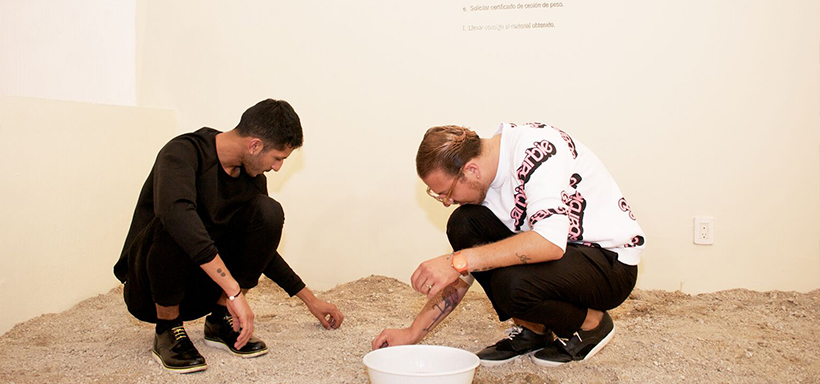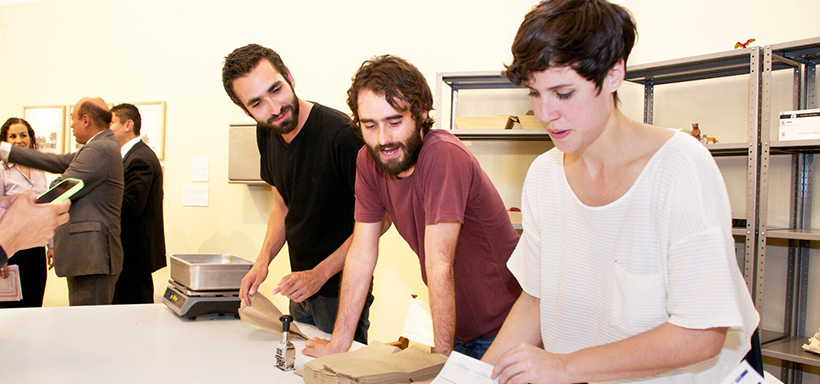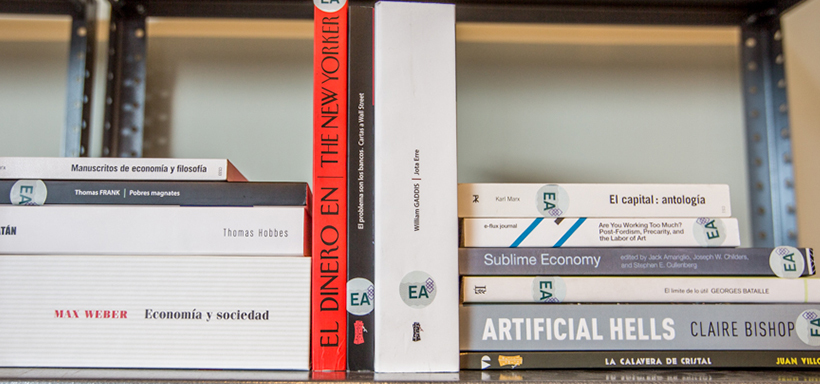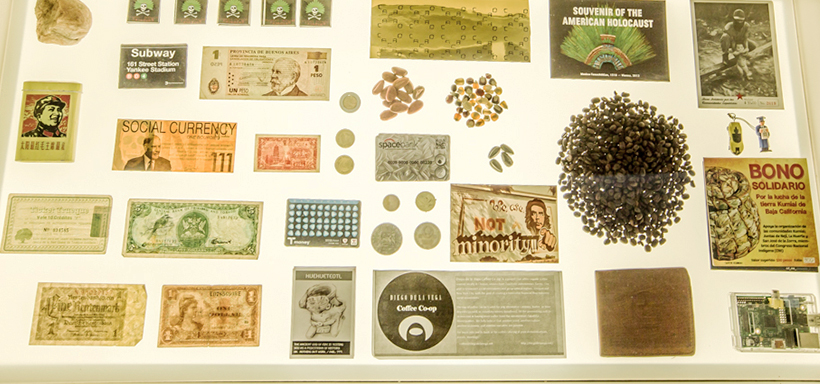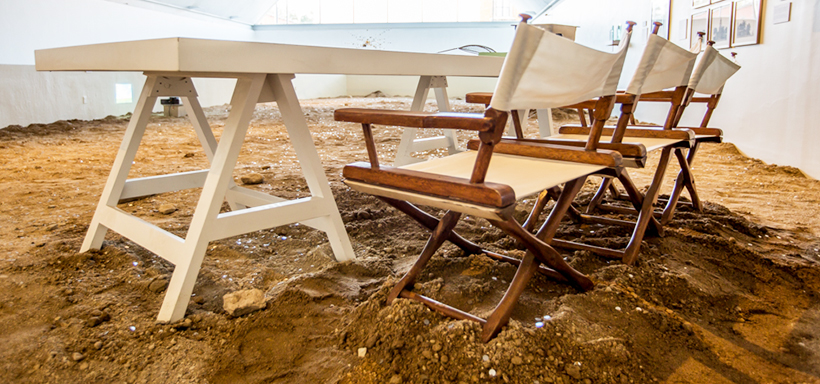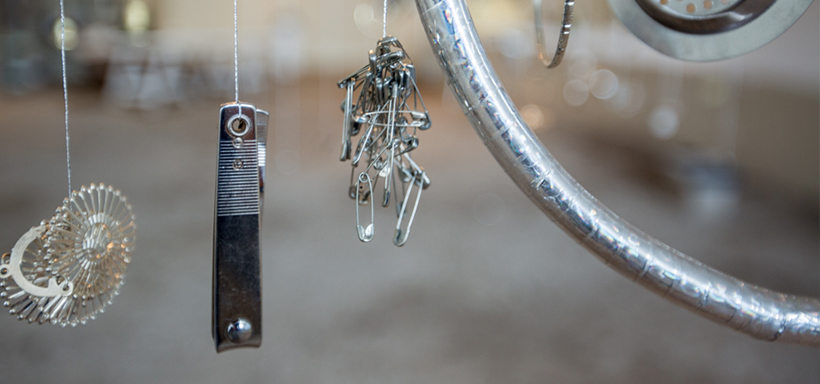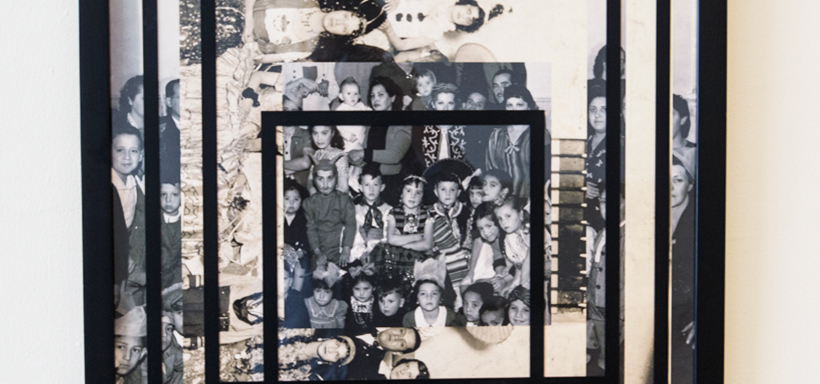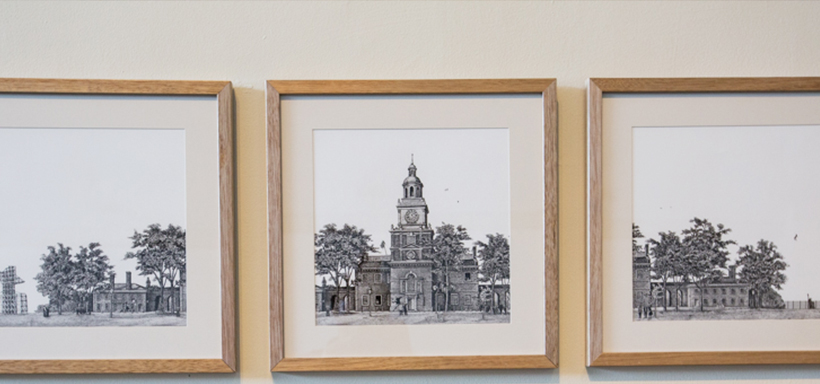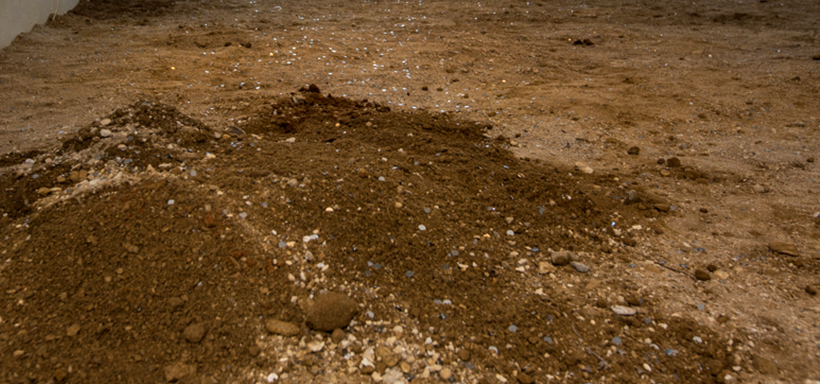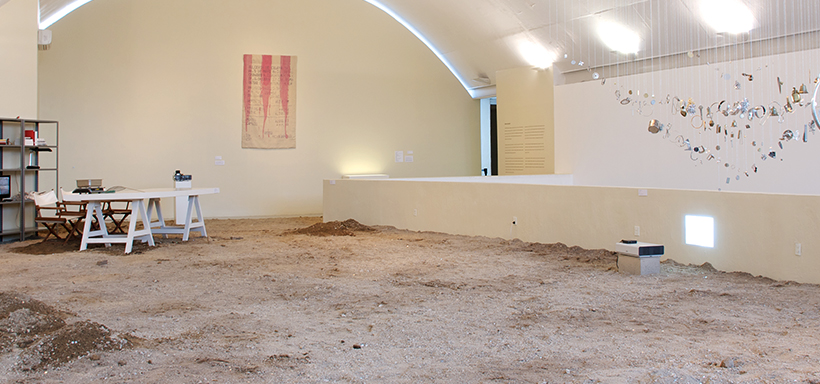Estudio abierto #6: 673.85 kg | Zazil Barba, Alberto López Corcuera y Álvaro Ugarte
From August 13th to November 15th, 2015
Apendix EA6: Atelier Van Lieshout, Kimberlee Córdova, El empleado del mes, Fran Ilich, Joshua Jobb, Gabriel Kuri, Augusto Marban, Federico Martínez Montoya, Cristina Ochoa y Guillermo Santamarina LA FAVORITA Colectivo—formed by of Zazil Barba, Alberto López Corcuera and Álvaro Ugarte—has developed a consistent portfolio of participatory art as a means of approaching the study of human nature. Influenced by social science methodologies and scientific experimentation, the collective has generated solutions that involve spectators in decision-making processes. The project commissioned for the present exhibition features a surface layer of sand, on the gallery floor, that covers an indefinite number of Mexican coins with a ten-centavo face value.
Visitors are invited to move across the installation as well as explore and interact with it, in accordance with their personal boundaries. The show title, 473.85 kg, refers to the overall weight of the metal used to mint the centavo coins buried in the sand. The coins’ face value is determined by social convention—a covenant accepted among their users—in contrast to their “real” value, which in this case is a function of how much metal was used to mint the coins, the energy and resources used for their manufacture and, not least of all, the labor of those gallery visitors who decide to exchange their time and efforts for money. The LA FAVORITA Colectivo proposal is inscribed within a line of work that links art to the economy. Within so-called imaginary economics—a term Olav Velthius used to speak of contemporary art’s interpretations of economic phenomena—play is posited as a means of proposing viewpoints that, while they may not always be critical or affirmative of economic processes, do take on making them explicit. Artists who participate in imaginary economics extract spectators from their customary ways of thinking and acting. By parodying and imitating economic processes, they ridicule the modern myths amid which the economy is driven. Specifically, they decontextualize such myths to reveal their absurdity.
Imaginary economics do not obey market laws and can be modeled in accordance with irrational desires and requirements. Yet they still give rise to fundamental themes that lead to enhanced understanding of economic processes, as audiences are invited to question both the economy’s general predominance in our lives and our obsession with accumulating wealth.


